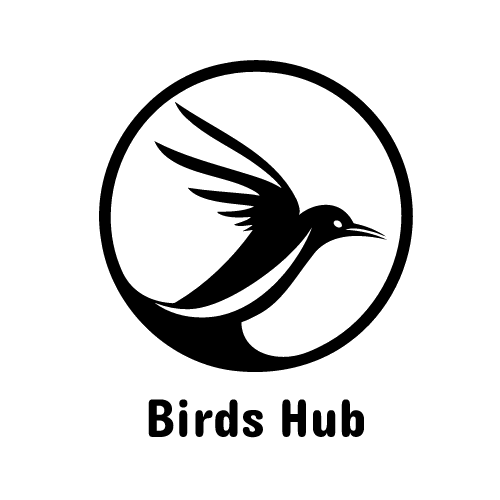Welcome to our blog
We’re thrilled to have you here and can’t wait to share our journey with you.
This space is dedicated to exploring a myriad of topics, offering insights, and sparking conversations. Whether you’re here for inspiration, information, or just a good read, we’re committed to providing you with content that resonates.
-
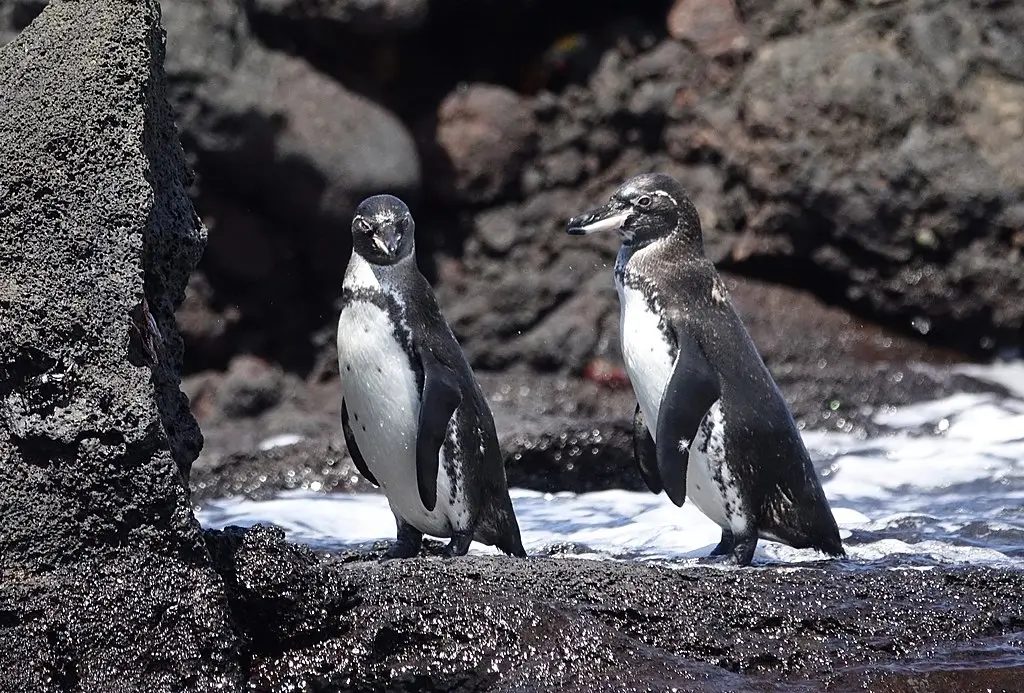
Could a Penguin Survive in Africa?
The answer to this question is a bit of a mystery. There are many species of penguins, and only one of them is native to the continent of Africa. The rest of them are either found in Antarctica or on islands in the southern part of the world. Currently, there’s no evidence that we could…
-

How Dangerous Can Birds Be?
Birds can be very dangerous, in some cases. In the US, there are an estimated 4.5 million bird strikes every year, which have caused over 200 human fatalities since 1988. On the face of it, a bird attack sounds like a joke. They’re small, they’re feathery and most of them are harmless to humans. But…
-

What Kind of Food Do Eagles Eat? (Complete Guide)
Eagles are one of the largest birds of prey, and they can be found on every continent except Antarctica. Despite their large size and sharp talons, these birds spend a lot of time hunting for food. Eagles are carnivores, which means that they eat only meat. They eat a wide variety of animals, including fish…
-

Why Sparrows Are Disappearing?
Sparrows are disappearing from their former homes in the United States and Europe, bringing a host of ecological calamities with them. The common sparrow is being driven to extinction by everything from habitat loss and pesticides to predators such as cats and rats. In the United States, it’s estimated that the sparrow population has fallen…
-
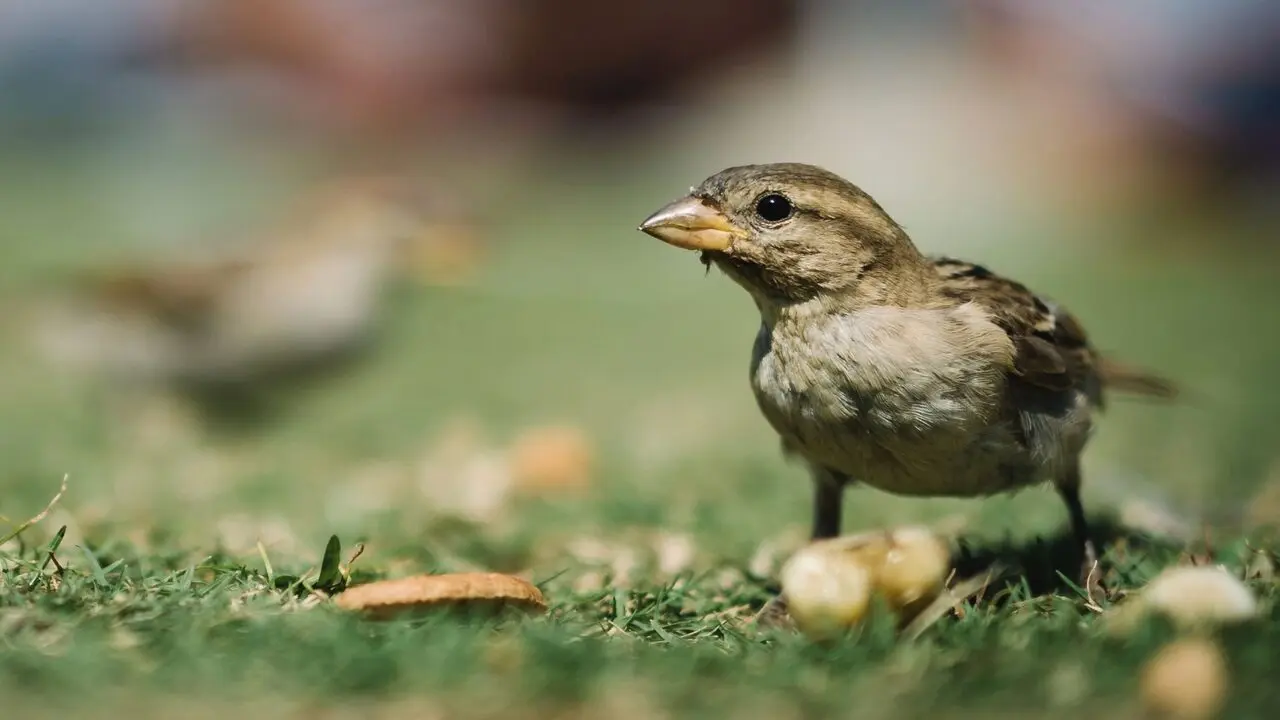
Do Sparrows Eat Rice?
Sparrows are seed-eaters, so in the wild they eat mostly grains. They will eat a wide variety of seeds and grain, but their preferred diet is a mix of black oil sunflower, canary seeds and millet. This is the same seed mix that you’ll find in most wild bird seed mixes. If you see your…
-

Which Bird Can Fly Backwards?
The hummingbird is the only bird that can fly forward, backward, up, down, sideways and hover in mid air. They are one of the smallest birds on earth with a weight of about 12 grams. The size of a hummingbird ranges from 7.5 to 13 centimeters. There are about 300 species of hummingbirds. Hummingbirds are…
-
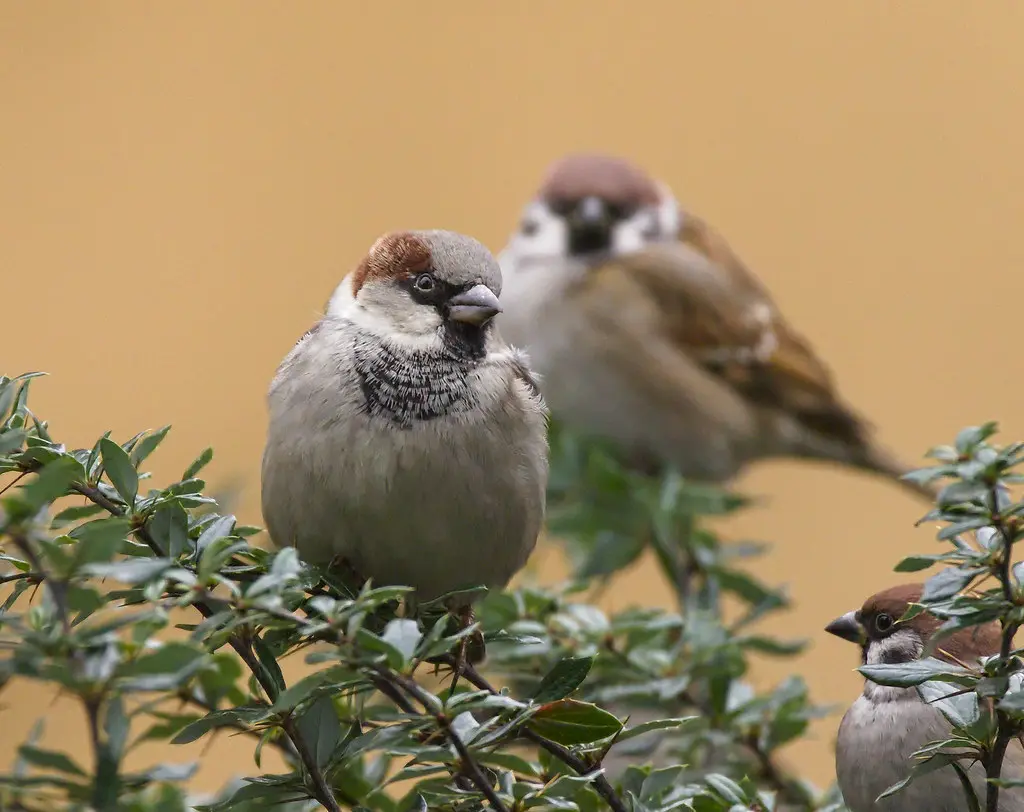
How Far Do Sparrows Migrate?
Sparrows are migratory birds that fly south for the winter, returning to their wintering grounds in spring to breed. They’re famous for their ability to migrate long distances and return to their breeding grounds in a very short time period. They might take a month or two on their journey south, but then they’ll only…
-

Do Hummingbirds Migrate?
Yes, hummingbirds migrate. They do so to follow the blooming of the flowers they eat for food. They will make their way from the southern areas of North America to the northern parts of it. In fact, many hummingbird species live in Central and South America. Hummingbirds also migrate because of climate changes. For example,…
-

How Do Small Birds Survive Winter?
It’s cold outside, and many people are asking the same question: How do small birds survive winter? The answer is that there are a lot of ways for birds to stay warm during the winter. Birds use their wings to heat up their bodies, and they also burrow into the ground or under leaves to…
-
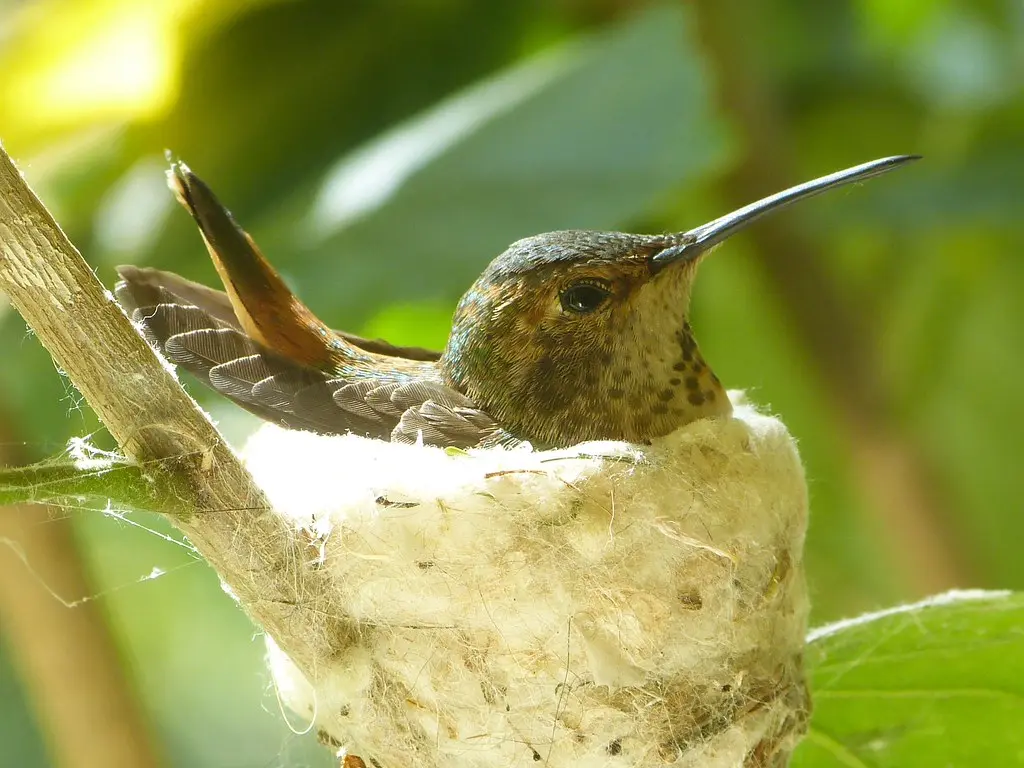
When Do Hummingbirds Lay Eggs?
Hummingbirds lay eggs between May and September in the northern hemisphere. Hummingbirds are very territorial, so it is thought that they lay more eggs when there is a male that guards the territory. There are many different species of hummingbirds, including Anna’s hummingbird, ruby-throated hummingbird, blue-throated hummingbird and Costa’s hummingbird. Hummingbirds lay one to three…
